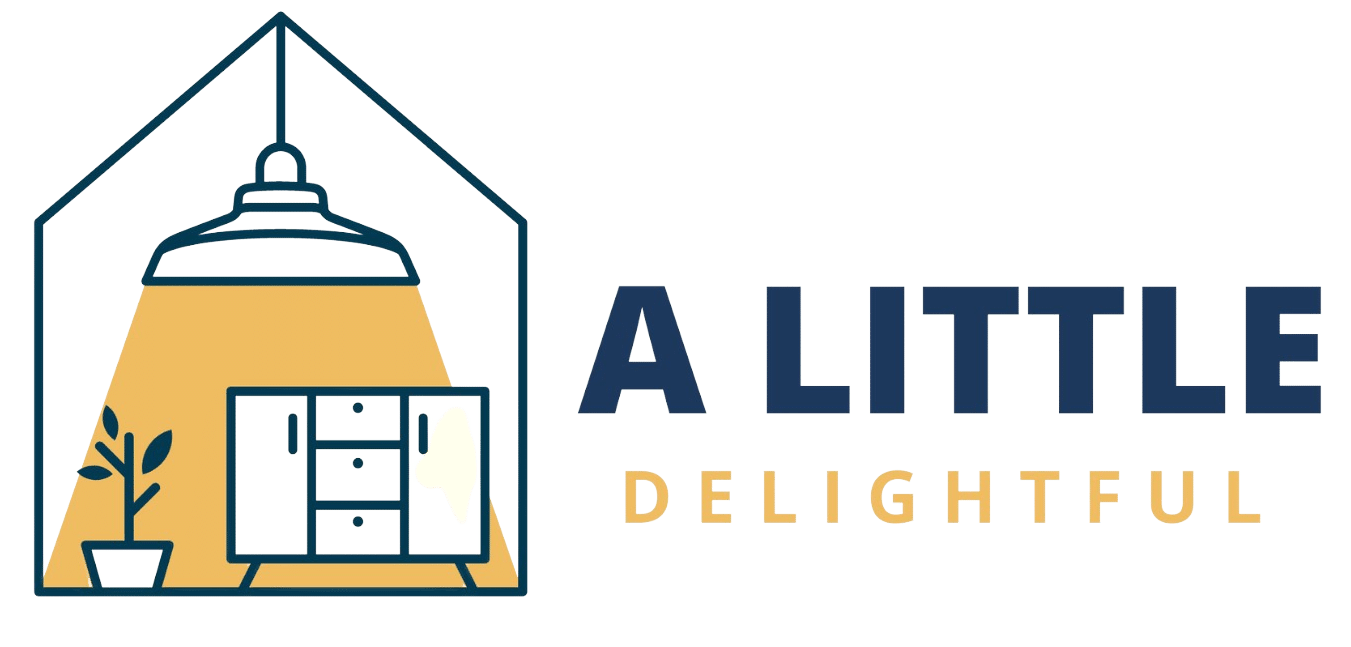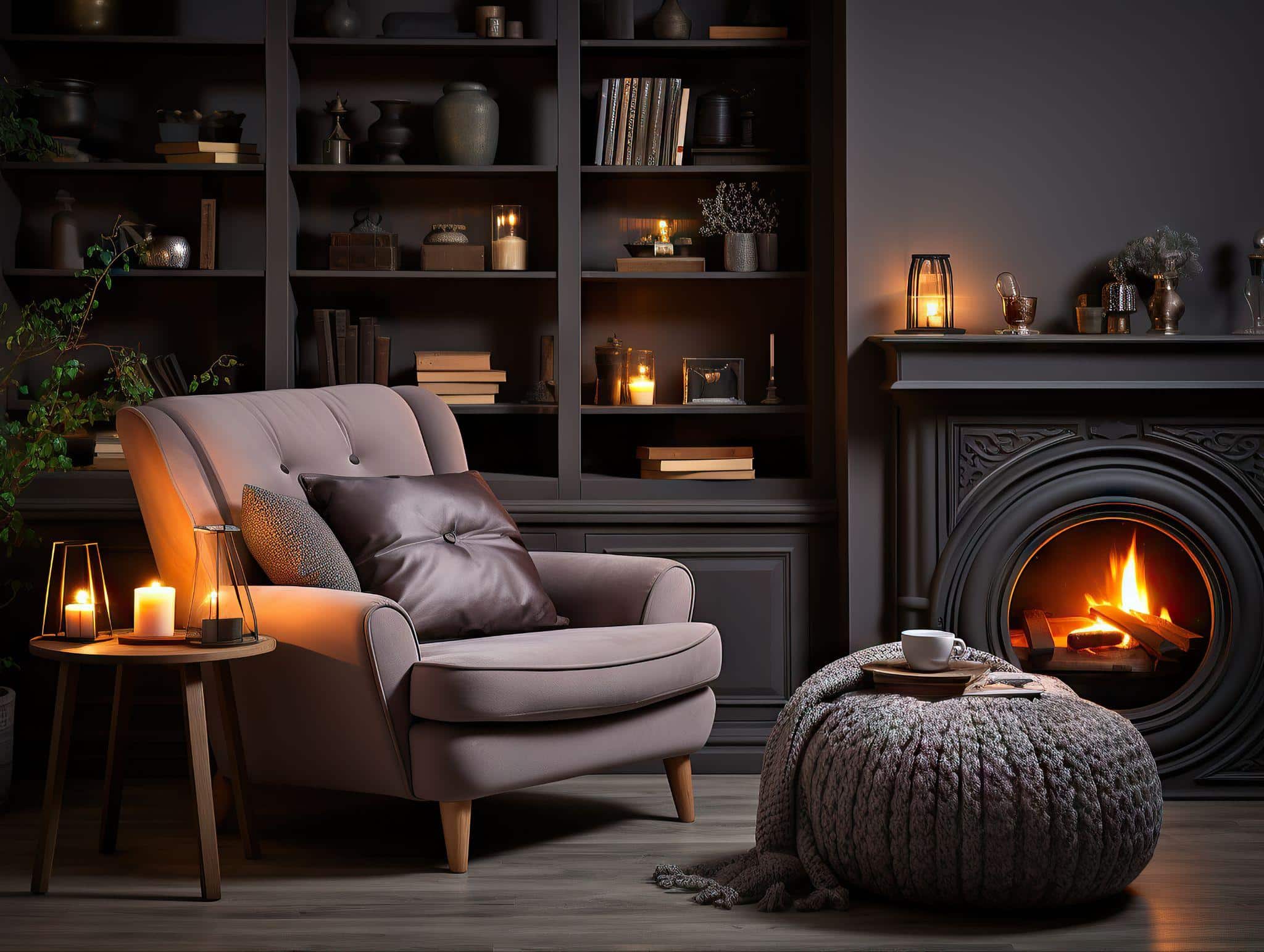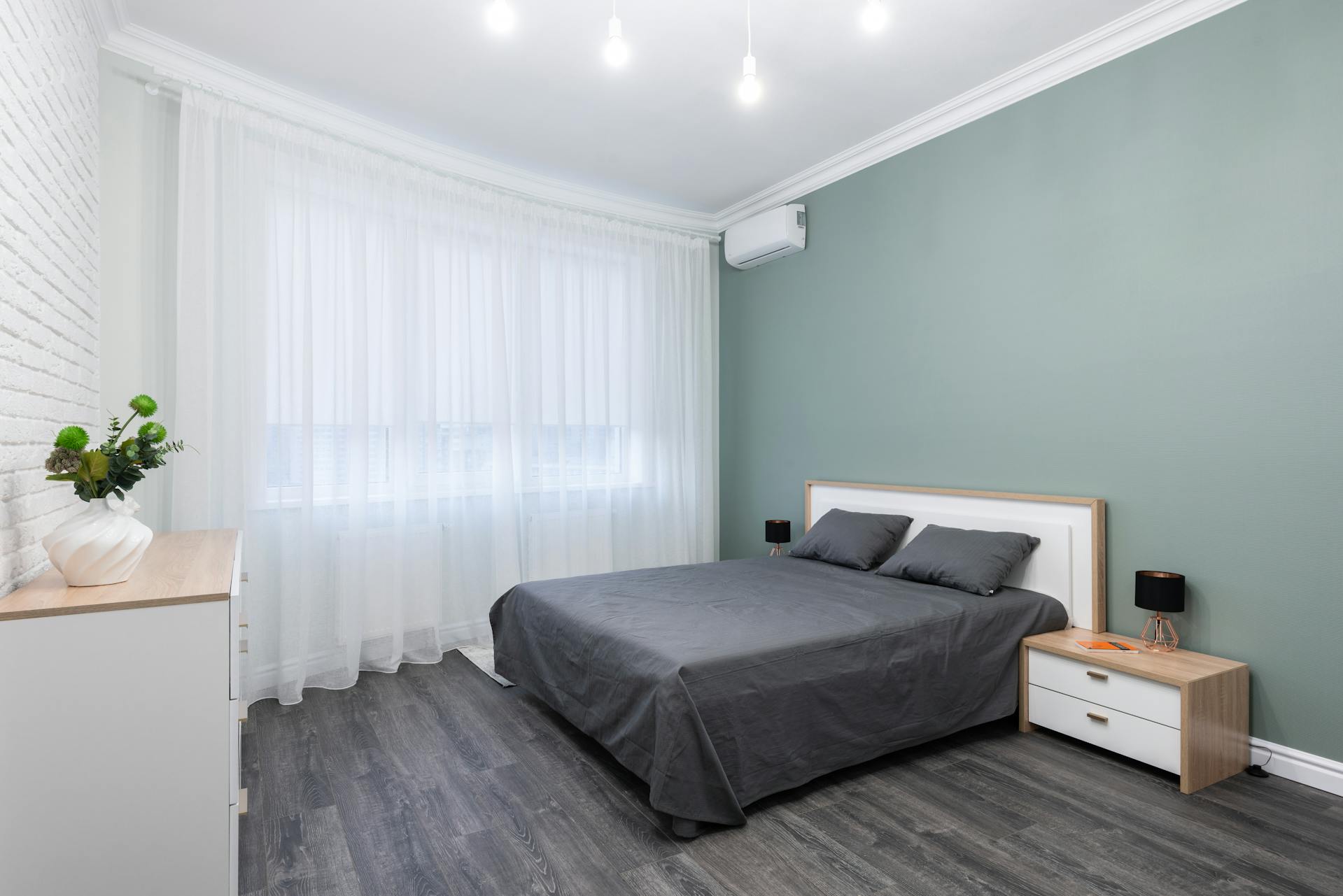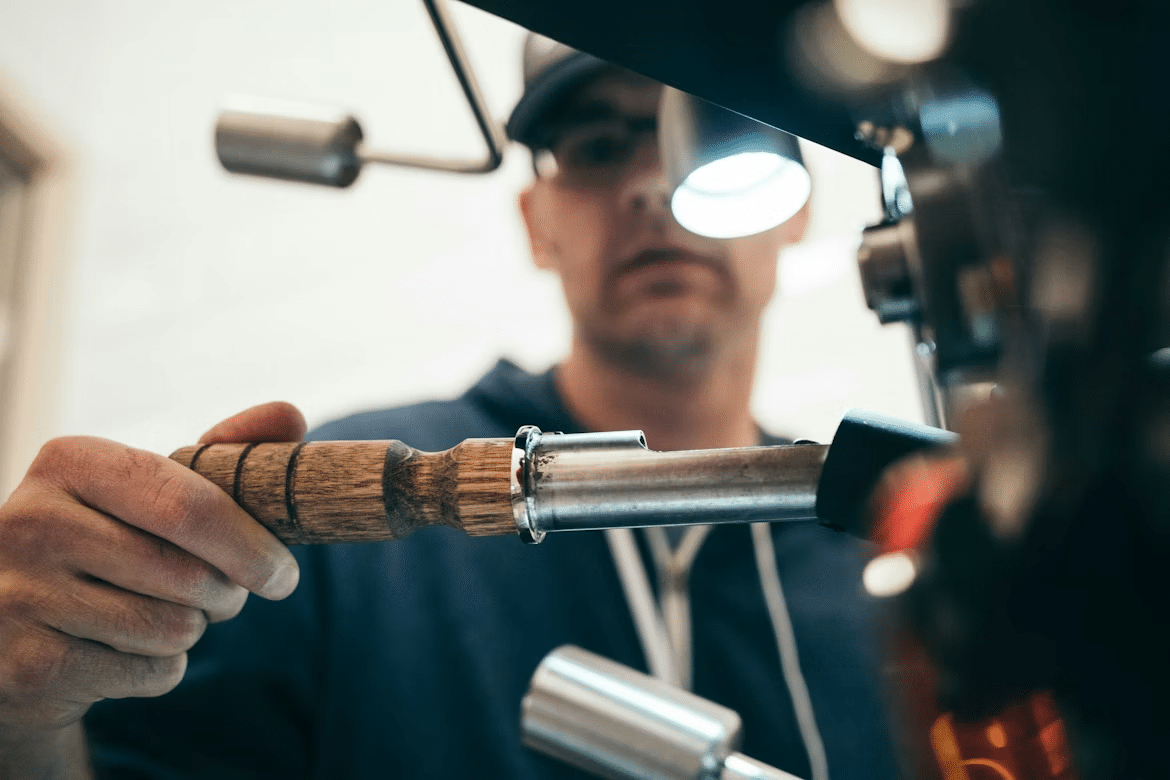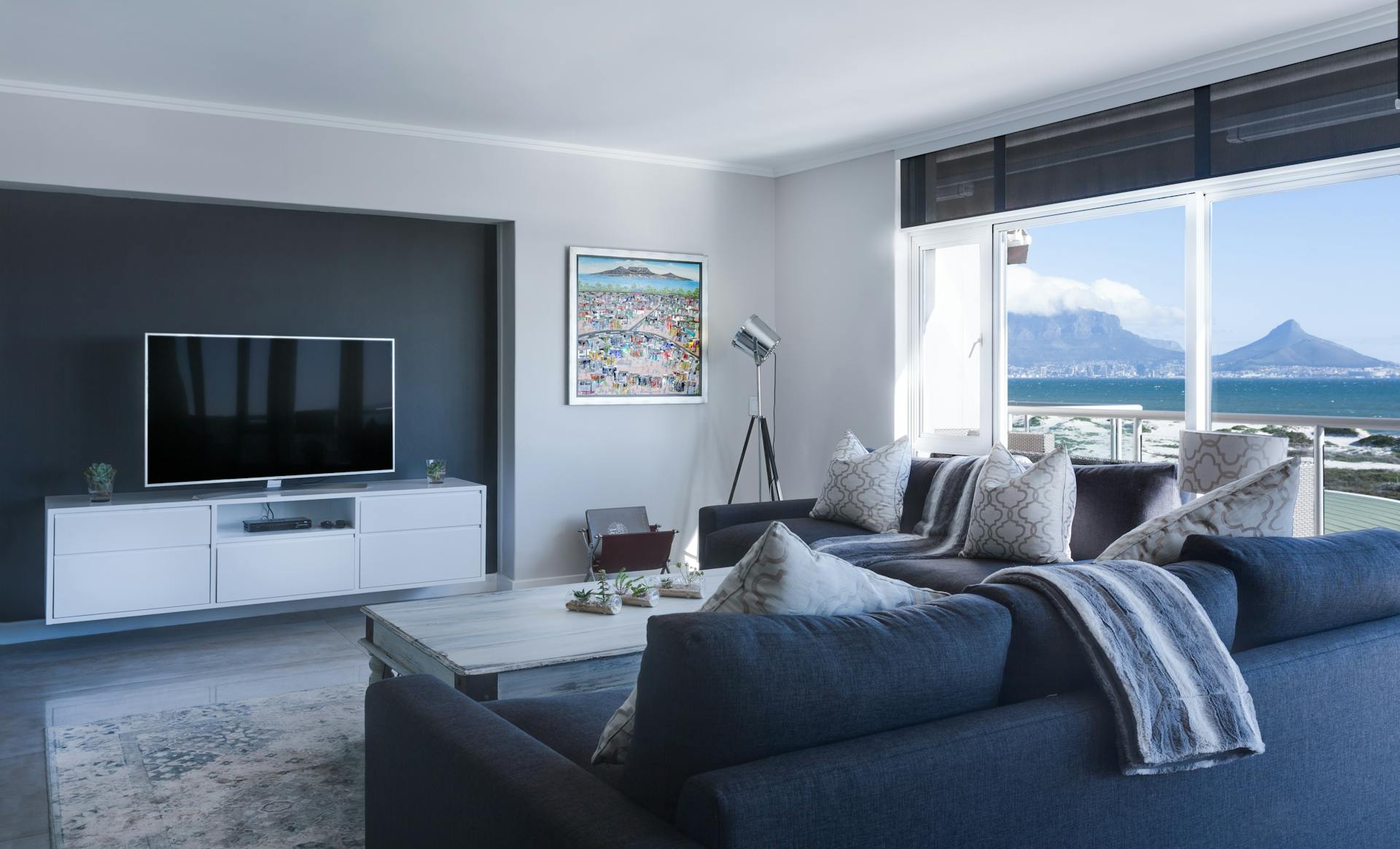Wellness has become one of those words that gets thrown around so much it’s almost lost its meaning. Scroll through social media and you’ll see perfectly staged smoothie bowls, impossibly early morning routines, and advice that seems designed for people who don’t have jobs, kids, or any of the normal stresses that make life complicated.
But real wellness isn’t about perfection. It’s about building systems and habits that support you through ordinary days and difficult ones. It’s about recovery as much as effort, rest as much as activity, and knowing when you need help beyond what you can provide for yourself.
What follows isn’t a prescriptive program or another list of things you’re probably failing at. It’s a practical look at different aspects of taking care of yourself, from the daily practices that ease tension to the bigger steps some people need to take. Wherever you are in your own journey, something here might resonate.
The Case for Prioritising Recovery
We live in a culture that celebrates hustle. Productivity is prized. Rest is often treated as something you earn after everything else is done, which means it never quite happens. But here’s what sports scientists, healthcare professionals, and anyone who’s pushed themselves to burnout already knows: recovery isn’t optional. It’s where the actual benefits of effort get consolidated.
Think about what happens when you exercise. You’re not building muscle in the gym; you’re breaking it down. The building happens afterward, during rest, when your body repairs and adapts. The same principle applies more broadly. Stress isn’t inherently bad, but chronic stress without adequate recovery leads to diminishing returns and eventually breakdown.
This is why creating space for genuine relaxation matters so much. Not scrolling on your phone while half-watching television, but actual physical and mental unwinding. For many people, this requires some intentionality because relaxation doesn’t happen automatically when you’re wired for productivity.
One approach that’s gained popularity is bringing spa-quality recovery into the home. Massage chairs have evolved dramatically from the basic vibrating recliners of decades past. Modern versions offer targeted programmes that address specific muscle groups, heat therapy, and techniques that genuinely mimic professional massage. Having one accessible means recovery isn’t something you have to schedule and travel to; it becomes part of your daily routine.
The difference this makes compounds over time. Regular massage helps manage muscle tension before it becomes chronic pain. It promotes better sleep by activating the parasympathetic nervous system. It creates a ritual that signals to your brain that it’s time to shift out of productivity mode. These aren’t luxuries; they’re maintenance for a body and mind under constant demand.
Building Strength: More Than Just Aesthetics
While recovery is essential, so is giving your body something to recover from. Physical strength isn’t just about how you look or how much you can lift. It’s about functional capacity: the ability to carry groceries without strain, play with your kids without getting winded, and maintain independence as you age.
Strength training has benefits that extend far beyond muscle size. It improves bone density, which becomes increasingly important as we get older. It boosts metabolism, helps regulate blood sugar, and has been shown to have significant positive effects on mental health. People who maintain muscle mass tend to age more gracefully and remain capable of the activities they enjoy for longer.
The barrier for many people is access. Gym memberships require time, travel, and often a certain comfort level with crowded spaces and unfamiliar equipment. This is why home gym setups have become so popular. You don’t need much space or a huge investment to create an effective training environment.
What you do need is some basic equipment and a way to keep it organised. Dumbbells and weight plates scattered across the floor become a tripping hazard and a visual reminder of clutter. Proper weight racks solve this problem elegantly, keeping your equipment accessible but tidy. They also make it easier to progress systematically since you can see your full range of weights at a glance and select what you need without hunting around.
Starting a strength routine doesn’t require complicated programming. Simple movements like squats, deadlifts, presses, and rows form the foundation of effective training. Consistency matters more than complexity. Three sessions per week, thirty to forty minutes each, can produce remarkable results over months and years. The key is removing friction so that showing up becomes easy.
A well-organised home gym does exactly that. When your equipment is ready and waiting, you eliminate the excuses that derail good intentions. The commute is nonexistent. The schedule is yours. The only person you need to coordinate with is yourself.
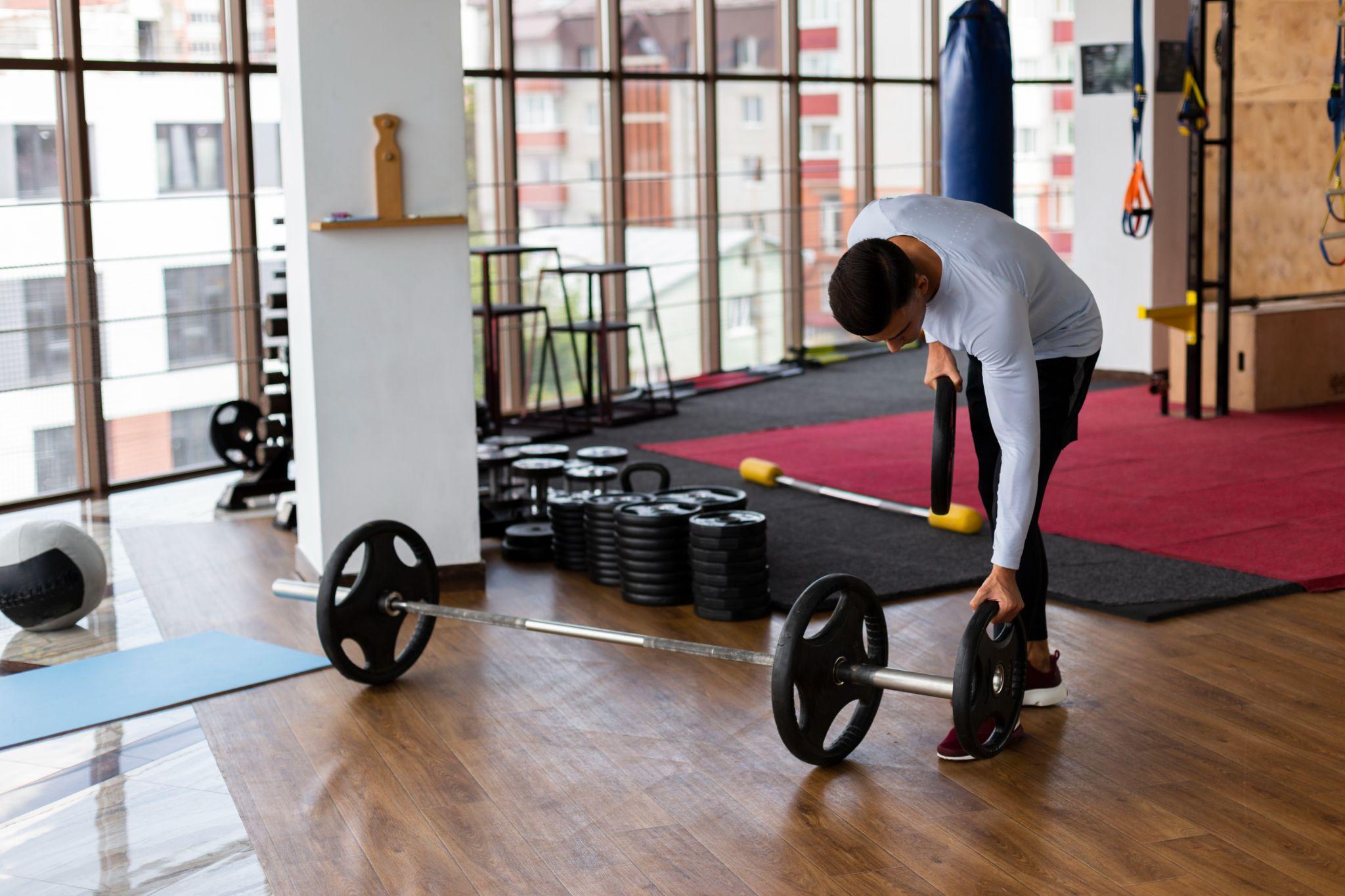
When Self-Care Isn’t Enough
Everything discussed so far assumes a certain baseline of health and stability. Massage chairs and home gyms are wonderful tools for people who are fundamentally okay but want to feel better. But not everyone is starting from that place.
Some people are dealing with challenges that require more than lifestyle adjustments. Substance dependency, whether to alcohol, prescription medications, or other substances, creates physical and psychological patterns that willpower alone cannot overcome. The body becomes chemically adapted to the presence of substances, and stopping without proper support can be dangerous as well as ineffective.
This isn’t a moral failing. Dependency develops through complex interactions of genetics, environment, trauma, and circumstance. It can happen to anyone, and it happens to many people across all demographics. What matters isn’t how someone got there but what path leads out.
Professional support makes an enormous difference. Medical supervision during withdrawal ensures safety and manages the physical discomfort that makes early recovery so difficult. Therapeutic support addresses the underlying patterns and provides tools for maintaining sobriety long-term. The structure of a dedicated programme creates space to focus entirely on healing without the distractions and triggers of normal life.
For those in Victoria seeking this kind of support, detox Melbourne programmes offer medically supervised withdrawal in a safe, supportive environment. The goal isn’t just to get substances out of the body but to begin the longer process of recovery with proper foundation. Having professional guidance through this challenging phase significantly improves outcomes.
Reaching out for help with dependency takes courage. There’s still stigma attached, though this is slowly changing as we understand addiction better. What’s important to recognise is that seeking professional support isn’t admitting defeat. It’s making a practical decision to use every available resource in pursuing health. Nobody expects someone with a broken leg to heal it through positive thinking; dependency deserves the same pragmatic approach.
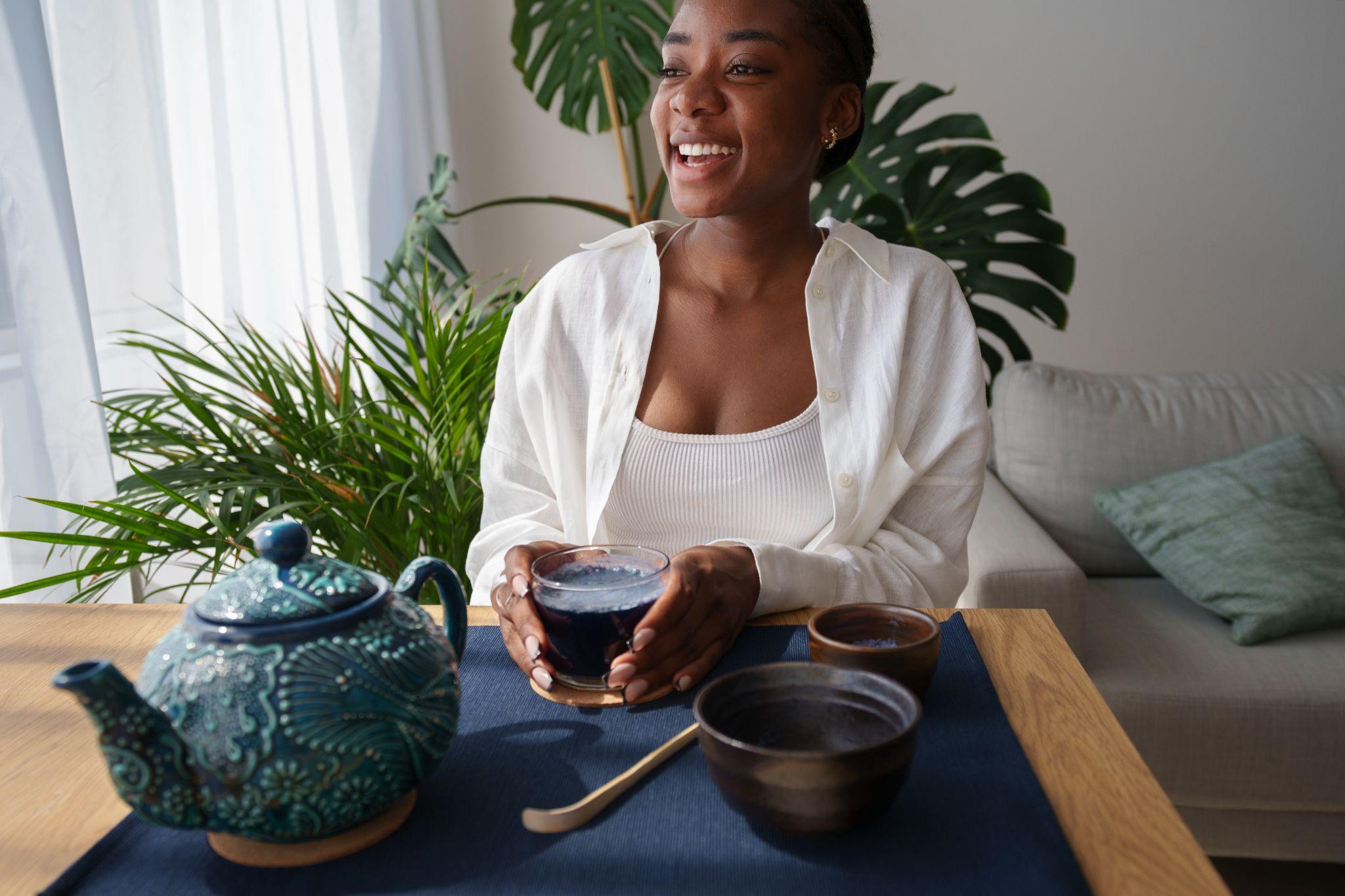
Connecting the Dots
These three aspects of wellness might seem disconnected at first glance. What does a massage chair have to do with a detox programme? But they share a common thread: the recognition that taking care of yourself requires different tools for different needs.
Sometimes you need daily practices that prevent stress from accumulating. Sometimes you need to build physical capacity that supports everything else you do. And sometimes you need to acknowledge that a challenge has grown beyond what you can handle alone and seek appropriate help.
Wellness isn’t a single destination or a fixed routine. It’s an ongoing relationship with yourself, one that requires honesty about what you actually need at any given time. The person who needs to prioritise recovery is different from the person who needs to build strength is different from the person who needs professional intervention. And often, we move between these needs across different phases of life.
Finding Your Own Path
The wellness industry often sells certainty: follow this programme, buy this product, and you’ll achieve this result. Real life is messier. What works for one person may not work for another. What you need today might be different from what you needed last year.
The most sustainable approach is building self-awareness alongside practical infrastructure. Pay attention to what your body and mind are telling you. Create environments that support the behaviours you want to maintain. And when something isn’t working, be willing to try something different.
Recovery, strength, and knowing when to ask for help aren’t competing priorities. They’re complementary aspects of a life that actually feels good to live. The goal isn’t to perfect any one of them but to develop enough capacity in each area that you can navigate whatever comes your way.
Start wherever makes sense for you. Add components as they become relevant. And remember that wellness is ultimately about quality of life, not performance metrics or aesthetic goals. It’s about waking up most days feeling capable of meeting what’s ahead. That’s worth investing in.
